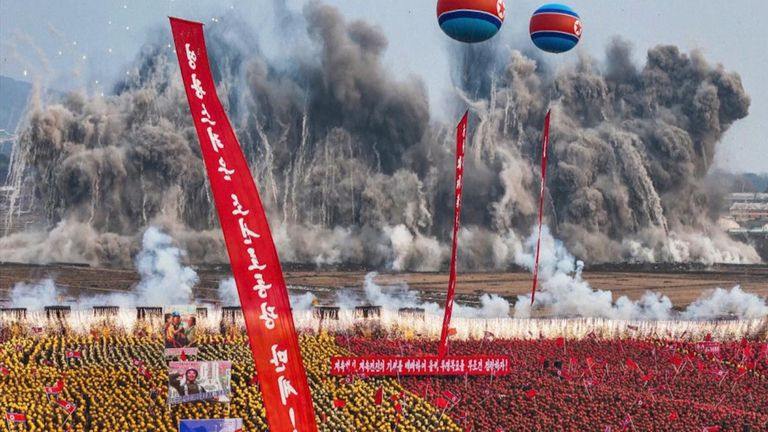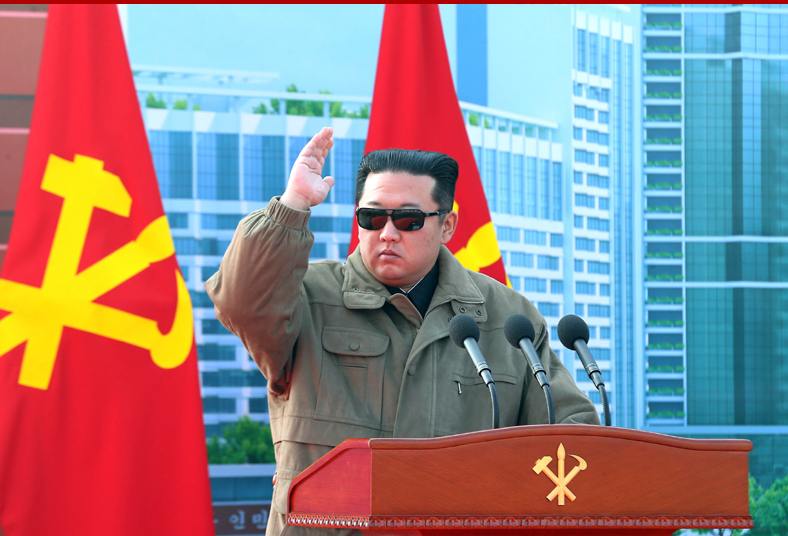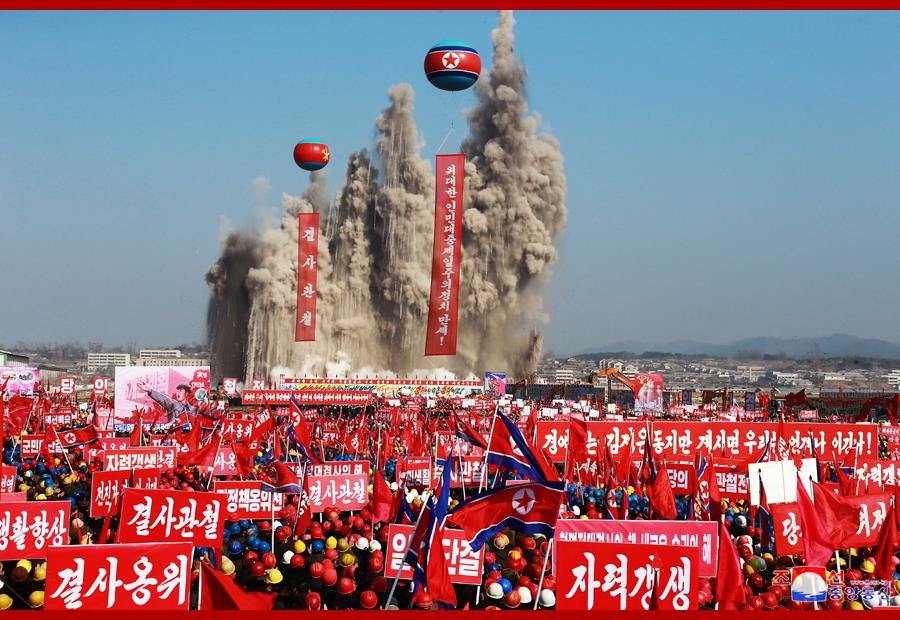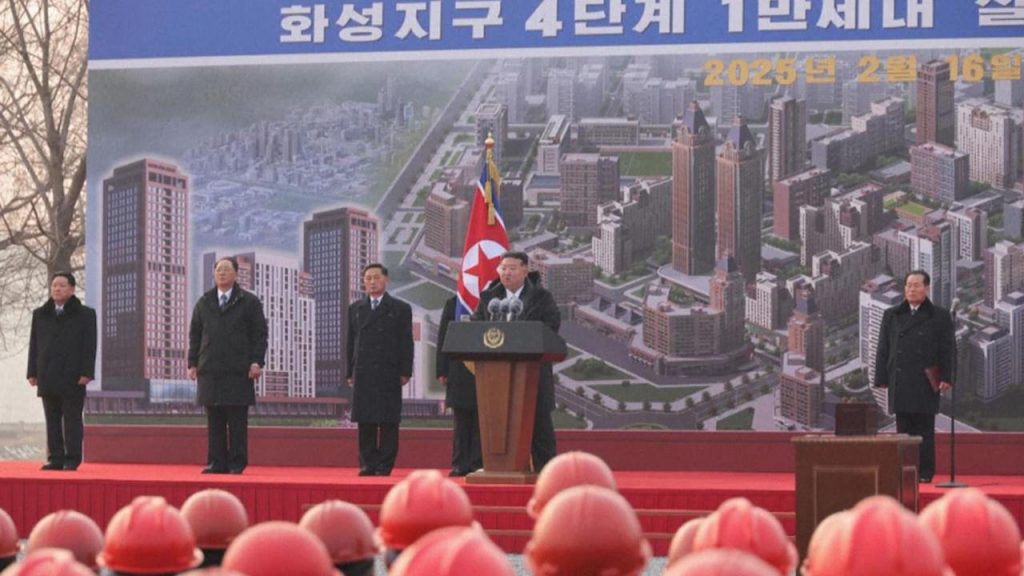The Pyongyang Project was established around 2013 by Michael Spavor, a Canadian specialist on North Korea, and John McLaughlin, a British filmmaker. The initiative aimed to bridge the considerable gap between the outside world and the Democratic People’s Republic of Korea (DPRK) by helping foreign media, academics, and artists gain access to the country for cultural, educational, and journalistic projects.
Unlike standard tour operators focused on sightseeing and tourism, the Pyongyang Project positioned itself as a facilitation platform. It provided logistical support, local connections, and permissions required to operate in one of the most restricted countries on earth. This approach allowed foreign visitors to engage with North Korea on a deeper level, often outside the usual tourist circuits.
Activities and Role
The core role of the Pyongyang Project was to enable media and cultural collaboration. This included helping foreign filmmakers, journalists, and academics navigate the complex bureaucratic landscape, securing permissions for filming, interviews, and site visits.
While the project did not itself produce documentaries or films, it was pivotal in coordinating the groundwork that made such productions possible. It also arranged cultural exchange programs, academic visits, and sports-related delegations, aiming to foster understanding and dialogue through soft diplomacy.
Its facilitation helped unlock access to locations and individuals that would otherwise be difficult for foreign visitors to reach. This made it a unique and valuable resource within the niche of North Korea engagement.

A huge blast, detonated by Kim Jong Un, created enormous clouds of dust and smoke. Pics: Korean Central News Agency (KCNA)
Founders and Leadership
Michael Spavor, with years of experience working closely with North Korean officials and institutions, was the leading figure behind the Pyongyang Project. His knowledge of the country and personal connections proved crucial in building trust with DPRK authorities.
John McLaughlin, a filmmaker by profession, brought technical and creative expertise to the project. Together, they combined diplomacy and media savvy to open new channels of engagement.
Spavor later co-founded Paektu Cultural Exchange with Gareth Johnson, the British founder of Young Pioneer Tours. Johnson subsequently withdrew from PCE for ethical reasons, and Spavor continued to lead the organisation until his arrest. The Pyongyang Project remained a separate entity from Paektu Cultural Exchange but operated within the same general sphere of cultural diplomacy, before ceasing main operations around 2017-18.


Workers gather at a groundbreaking ceremony for a construction project of 10,000 homes in Pyongyang, DPRK, February 12, 2022. /CMG
Online Presence and Links
The Pyongyang Project maintained an official website at pyongyangproject.com, which outlined its mission and services and provided contact information for collaborators and visitors. It also had social media profiles on Facebook and Twitter.
As of 2025, the Pyongyang Project website is no longer active; the domain has expired and the site is offline. The associated social media accounts have been dormant for several years, indicating that the project has ceased operations.
Impact and Legacy
Although never a large-scale commercial operation, the Pyongyang Project played an important role in enabling a deeper, more nuanced engagement with North Korea. It opened doors for media professionals and academics who wished to explore the country beyond the typical tourist experience.
The project’s facilitation helped produce several documentaries and cultural projects by acting as the essential bridge between foreign teams and local institutions. It also contributed to academic understanding by supporting research visits and exchanges that would have been difficult to organise otherwise.

Current Status
The Pyongyang Project has been largely inactive since around 2018. This period coincides with Michael Spavor’s growing involvement with Paektu Cultural Exchange and his later legal troubles in China. Unlike PCE, which faced public controversy, the Pyongyang Project quietly faded away without public announcements.
Its website’s expiration and social media silence reflect this dormancy. No new projects or public communications have emerged from the Pyongyang Project in recent years.
Conclusion
The Pyongyang Project was a distinct initiative that offered a unique service within the niche of North Korea engagement, facilitating media and cultural access in a way few others could. Its work helped shape a more complex international understanding of the DPRK during its active years.
While no longer operational, the project’s legacy remains as an example of how soft diplomacy and cultural facilitation can open channels even in the most restricted environments.
Click to check our travel section.
